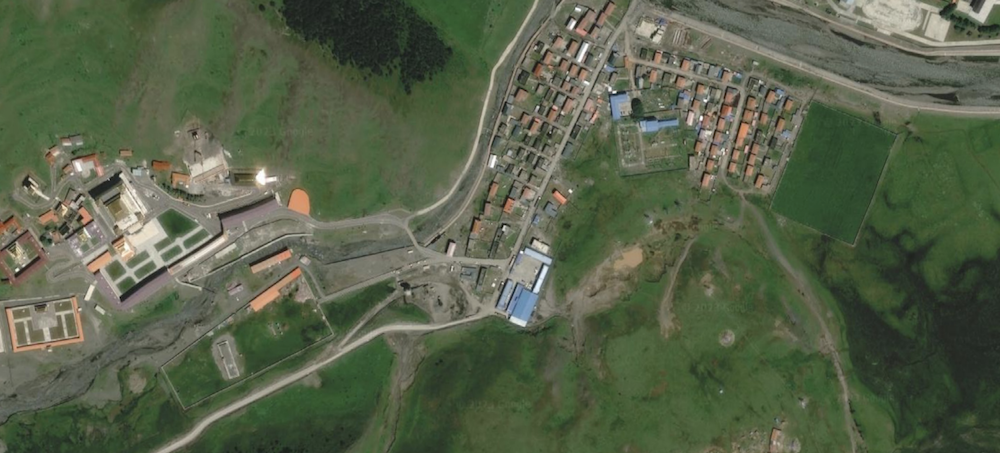By Tsering Dhundup
DHARAMSHALA, Nov. 2: A recent research report by Turquoise Roof, a network of Tibetan researchers titled “Tibet, a new frontline of the white gold rush in the global race for renewable energy” has uncovered that China’s booming electric vehicle industry is fuelling a lithium rush in the Tibet that risks damaging the troubled region’s fragile ecology and deepening rights violations.
The report reveals that the lithium boom is taking place in eastern Tibet, where Chinese geologists have discovered significant reserves of this vital mineral on the Tibetan plateau, constituting approximately 85% of China’s lithium reserves. Both Tesla and China’s BYD, prominent players in the electric vehicle sector, are increasingly reliant on Tibetan lithium as they expand their global operations.
This upsurge in lithium mining in Tibet involves high-risk, energy-intensive processing methods in a seismically active and heavily secured landscape. Tibet plays a pivotal role in China’s endeavours to secure not just lithium but also various critical minerals and rare earths as part of the global pursuit of decarbonization.
Tibet’s hard rock lithium deposits were, until recently, largely unexplored due to the challenging terrain and remote locations. Nevertheless, recent advancements in remote sensing technology have facilitated the discovery of substantial lithium reserves in the region, amounting to around 3.655 million tons, out of China’s estimated 4.047 million tons of lithium reserves.
The report underscores that the extraction and processing of lithium in Tibet present considerable environmental challenges, including pollution, waste generation, and energy-intensive procedures. Moreover, the region’s rich biodiversity and unique ecosystems are under threat. Previous incidents of pollution and ecological harm caused by mining activities have already been well-documented.
Furthermore, the concerns of the Tibetan population regarding the impact of these mines on their livelihoods and environment have often been met with repression, violence, and even imprisonment. The Chinese government’s efforts to control and silence Tibetans, utilizing surveillance technologies powered by lithium batteries, have aggravated human rights violations in the region.
The report further elaborates on the extensive impacts of intensive lithium mining in Tibet. These include the intrusion of a Han workforce constructing and operating large open-pit mines in seismically vulnerable regions, substantial granite blasting and removal, the construction of hydro dams on Tibetan rivers, and the establishment of power grids to supply electricity to the mining sites.
Tibetan lives and landscapes are increasingly at stake as large-scale mining operations, encompassing lithium, copper, gold, silver, and chromium, intensify across the plateau. These developments have left some Tibetans deeply concerned about the future, with one elderly yak herder lamenting the sight of the mines and the uncertain prospects for future generations.
The report further stated that Lithium mining has previously led to disastrous consequences near the processing plant at Dartsedo (Kangding) in Kardze, run by Rongda Lithium. In 2013 and 2016, thousands of fish perished, and hundreds of yaks succumbed to the effects of mining pollution, as contaminated mining waste flowed into the Dadu River, a tributary of the Nakchu/Yalong River, which ultimately merges with the Yangtze downstream. Additionally, a lead and zinc mine in Qinghai caused contamination across Tibetan herders’ grasslands for miles, resulting in human casualties and livestock losses.
Tibetans who voice concerns or protest against the consequences of toxic waste, deforestation, and large-scale erosion risk facing imprisonment, torture, or even death. Incidents such as the 2010 police shooting at a cement factory in Amdo and the police response to environmental protests in Kham the same year, which led to fatalities, underscore the challenges Tibetan activists encounter.
The report also unveils China’s dominant position in lithium processing, allowing it to influence global standards for battery-powered vehicles. With the escalating demand for lithium, China’s aspirations to secure critical minerals have led to the intensification of mining operations throughout Tibet.










